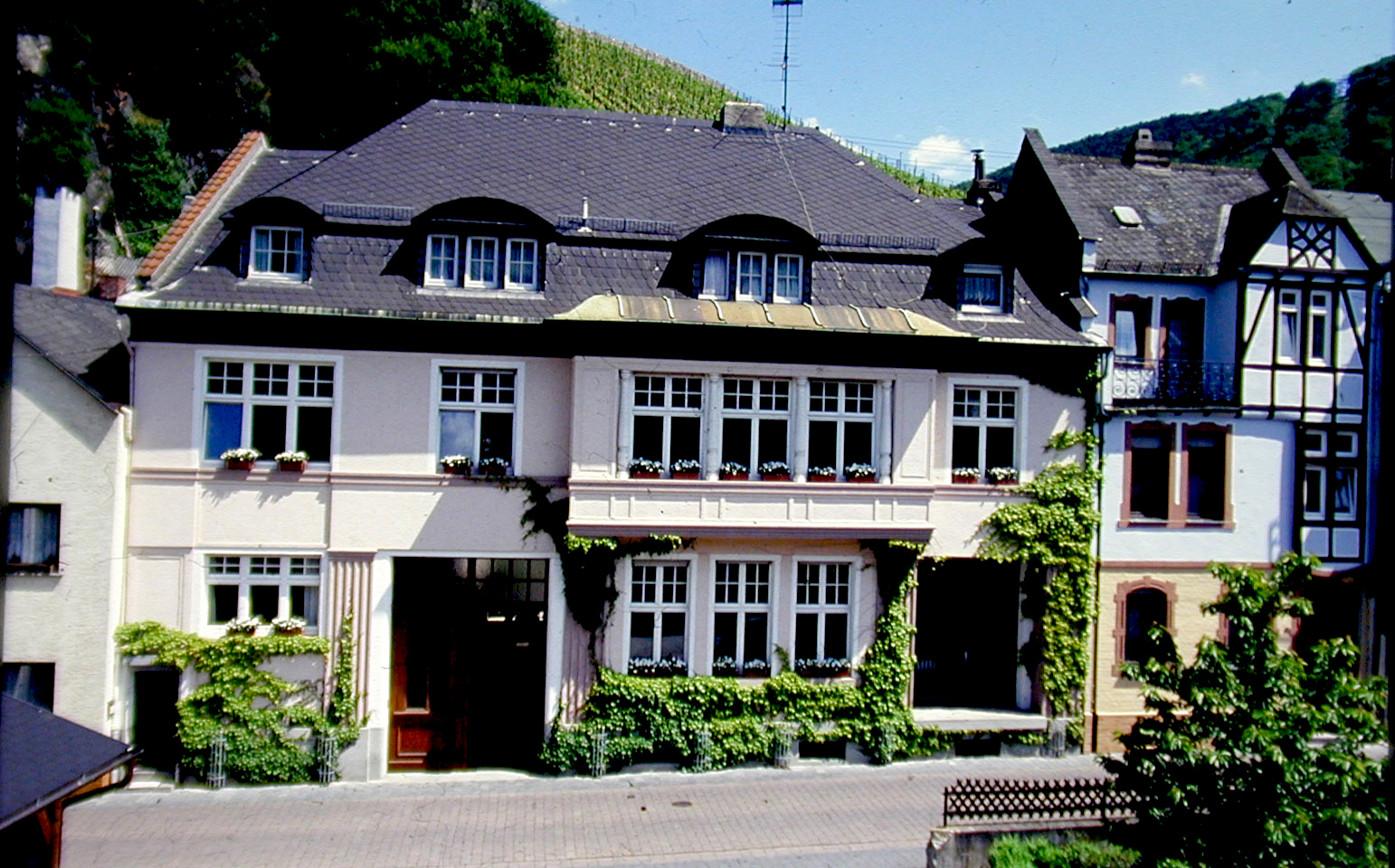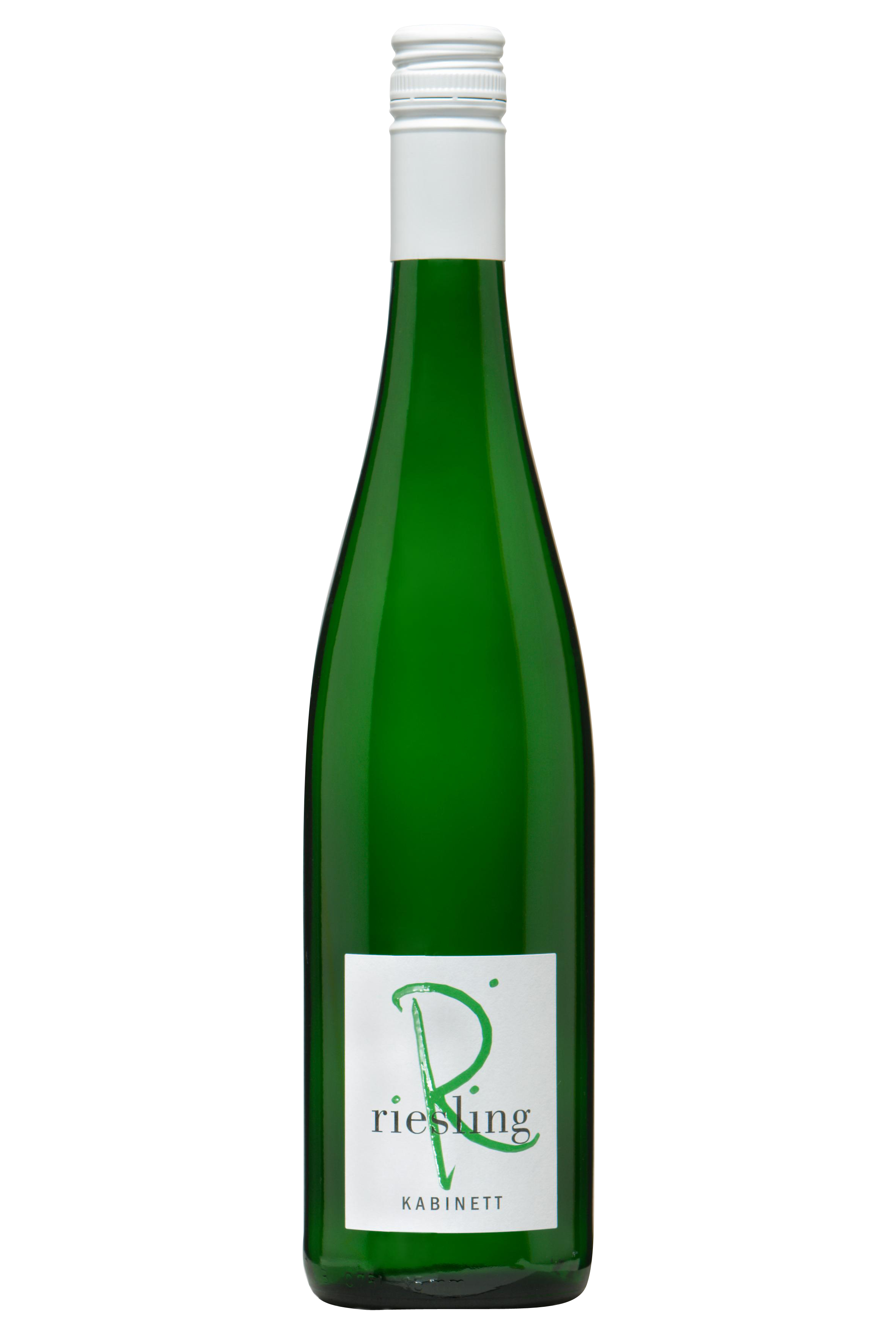A little turkey, a little wine, and everything's fine. But how do you decide what wine to drink with the turkey...and the yeast rolls, the sweet potato casserole, the stuffing...? With so many different flavors all competing for attention at Thanksgiving dinner it can be a true challenge to pick the right wine. But Vineyard Brands is here to save the day!
Patrick Bennett, Vineyard Brands Sales Manager for New Jersey and Pennsylvania, has a tried and true favorite. Learn a little bit about just why it works so well with the Thanksgiving meal:
"After many years of casual trials and two consecutive years of full on Thanksgiving experimentation, I am absolutely convinced that Rosé Champagne is hands down the most appropriate wine for the Thanksgiving Table. Unlike most whites it has the bright red fruit to stand up to the heavier dishes and the red berry flavor of the cranberry sauce (this is usually the limiting agent for most wines on Thanksgiving and is a required Thanksgiving condiment). It’s bright and refreshing after each bite whether its dry turkey, rich bready/herbaceous stuffing, tart cranberry, or creamy gravy. It washes away the bitterness of Brussel sprouts and can balance the sweetness of roasted carrots and sweet potatoes. Cornbread: perfect. Crescent rolls: even more perfect. Mashed potatoes with roasted garlic??: easy one. It is the ultimate Thanksgiving wine!"
Looking to take Patrick's advice and add a sparkling wine to your Thanksgiving table?
Champagne Delamotte makes a beautiful Brut Rosé.
And although not technically Champagne, Alma Negra in Mendoza, Argentina has a Brut Nature Rosé made from Malbec and Pinot Noir grapes.
Patrick Harney, Vineyard Brands Sales Manager for DC, Delaware, and Maryland, has some wonderful recommendations of his own...and don't think he suggests Vineyard Brands because he works here. Long before he began working for the company, wines from the Vineyard Brands portfolio were on his family's Thanksgiving table for years.
Wines from the VB portfolio across the board share comfortable, food friendly, savory characteristic along with a level of class regardless of their region or continent of origin. These family wines are perfect for your family meal.
Now settle in, Patrick H. has just the wine for every taste.
"If you're looking to add a wine icon to your Thanksgiving table:
Weinbach Pinot Blanc or Sylvaner-super versatile and crowd-pleasing, both have hints of hard spice in addition to their wonderfully complex fruit traits making them perfect autumnal whites. When the conversation at the table turns political all you need to do is stick your nose in the glass and the aromas will take your mind away. By the way the ‘16’s just arrived in my market and the wines are off the charts-rich ripe fruit with precise acidity.
Thibault Liger Belair Moulin A Vent-I agree that Beaujolais is one of the best reds to pair with Thanksgiving dinner and Thibault’s are the planet’s best examples of Beaujolais.
If you're looking to add other of our favorites, equally classy but potentially not as intimidating:
Pichot Vouvray-very versatile and crowd pleasing…Comfort wine.
Tablas Creek Cote de Tablas Blanc-The Viognier in this highlights the savory of the turkey and the sweet of the yams and squash.
Massolino Dolcetto-a riff on the Beaujolais theory and there happen to be a lot of Italians in my family, so pasta and other Italian dishes or sides often find their way onto our Thanksgiving tables.
For affordable, crowd-pleasing burgundies try:
Vincent & Sophie Morey Santenay Les Hates
Mongeard-Mugneret Fixin and Sauvigny Les Beaune (Narbontons)
Thibault Liger-Belair Deux Terres
And with any meal, Champagne Delamotte Blanc de Blancs is always a welcome addition."
Red, white, or bubbly, there's certain to be a wine that will fit your tastes and your needs this Thanksgiving.
































































